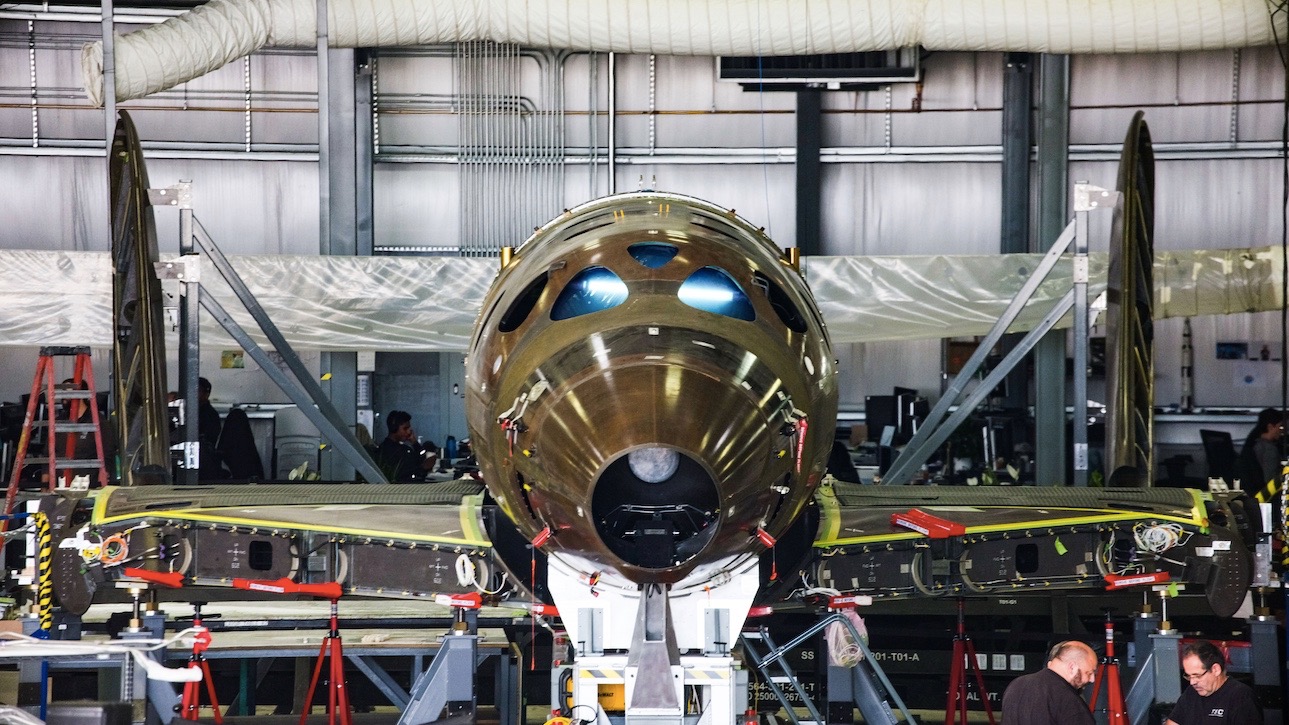
For the first time ever, a government agency has booked a crewed research flight aboard a commercial spacecraft.
That agency is the Italian Air Force, which will send three people and a variety of scientific payloads to suborbital space aboard Virgin Galactic's SpaceShipTwo vehicle, perhaps as early as next year.
The experiments include gear that will monitor how the shift from Earth gravity to microgravity affects the human body, Virgin Galactic representatives said today (Oct. 2) when announcing the deal. The flight will also haul equipment designed to investigate the chemistry of environmentally friendly fuels.
Related: How Virgin Galactic's SpaceShipTwo Works (Infographic)
"We're delighted to work with the Italian air force to further space-based research-and-technology development through this historic mission," Virgin Galactic CEO George Whitesides said in a statement.
"The experiments they plan to test on SpaceShipTwo will expand our understanding of space science, and the researchers' active participation will demonstrate an important new avenue for space research," he added. "We are proud that Virgin Galactic is able to provide frequent access to space for this important work."
Virgin Galactic's spaceflight system involves two vehicles, the six-passenger SpaceShipTwo and a carrier plane called WhiteKnightTwo. The carrier vessel transports the space plane to an altitude of about 50,000 feet (15,000 meters) and then drops it, at which point SpaceShipTwo powers up its rocket motor and cruises up to suborbital space.
Get the Space.com Newsletter
Breaking space news, the latest updates on rocket launches, skywatching events and more!
Passengers on SpaceShipTwo will be able to see the curvature of Earth against the blackness of space and experience a few minutes of weightlessness. Those few minutes are precious for researchers, who can conduct experiments in conditions impossible to recreate here on Earth's surface.
The Italian researchers will be active participants in this work on the upcoming flight, Virgin Galactic representatives said: The spaceflyers will unclip from their seats and conduct the experiments during the brief microgravity stretch.
A seat aboard SpaceShipTwo currently sells for $250,000, and more than 600 people have put down deposits to reserve a ticket.
Virgin Galactic is still in the test-flight phase but looks poised to begin commercial operations soon. The company's latest SpaceShipTwo vehicle, VSS Unity, has already reached space twice, in December 2018 and February 2019. Technicians are touching up Unity's interior at Virgin's manufacturing facility in Mojave, California; the vehicle will be ferried to Spaceport America in New Mexico, the company's commercial hub, when this work is done, Virgin Galactic representatives have said.
Unity is Virgin's second SpaceShipTwo. The first, VSS Enterprise, was destroyed during a test-flight accident in October 2014 that killed co-pilot Michael Alsbury and injured pilot Peter Siebold.
Two more SpaceShipTwos are in production in Mojave. One of these vehicles should be ready to begin test flights in 2020, Virgin Galactic President Mike Moses told Space.com recently.
The Italian air force deal isn't the first contract Virgin Galactic has signed with a government department. The company has flown NASA payloads to suborbital space, but no NASA folks went along for the ride.
Government-funded crewed flights on commercial spacecraft will soon become relatively commonplace, if all goes according to plan — and not just to suborbital space.
In 2014, NASA awarded both Boeing and SpaceX multibillion-dollar contracts to develop vehicles that will ferry agency astronauts to and from the International Space Station (ISS). But those are primarily transport flights to the station, not research flights aboard the vehicles themselves.
Development of both private capsules, Boeing's CST-100 Starliner and SpaceX's Crew Dragon, has proceeded more slowly than NASA had hoped; agency officials said in 2014 that they wanted at least one of the vehicles up and running by the end of 2017. But big milestones may be in sight; both spacecraft could launch their first crewed test flights to the ISS in the coming months.
- In Photos: Virgin Galactic's VSS Unity Aces 2nd Powered Test Flight
- Photos: Take a Tour of Spaceport America
- Amazing Virgin Galactic Launch Video Shows Black Sky, Blue Earth
Mike Wall's book about the search for alien life, "Out There" (Grand Central Publishing, 2018; illustrated by Karl Tate), is out now. Follow him on Twitter @michaeldwall. Follow us on Twitter @Spacedotcom or Facebook.

Join our Space Forums to keep talking space on the latest missions, night sky and more! And if you have a news tip, correction or comment, let us know at: community@space.com.

Michael Wall is a Senior Space Writer with Space.com and joined the team in 2010. He primarily covers exoplanets, spaceflight and military space, but has been known to dabble in the space art beat. His book about the search for alien life, "Out There," was published on Nov. 13, 2018. Before becoming a science writer, Michael worked as a herpetologist and wildlife biologist. He has a Ph.D. in evolutionary biology from the University of Sydney, Australia, a bachelor's degree from the University of Arizona, and a graduate certificate in science writing from the University of California, Santa Cruz. To find out what his latest project is, you can follow Michael on Twitter.









